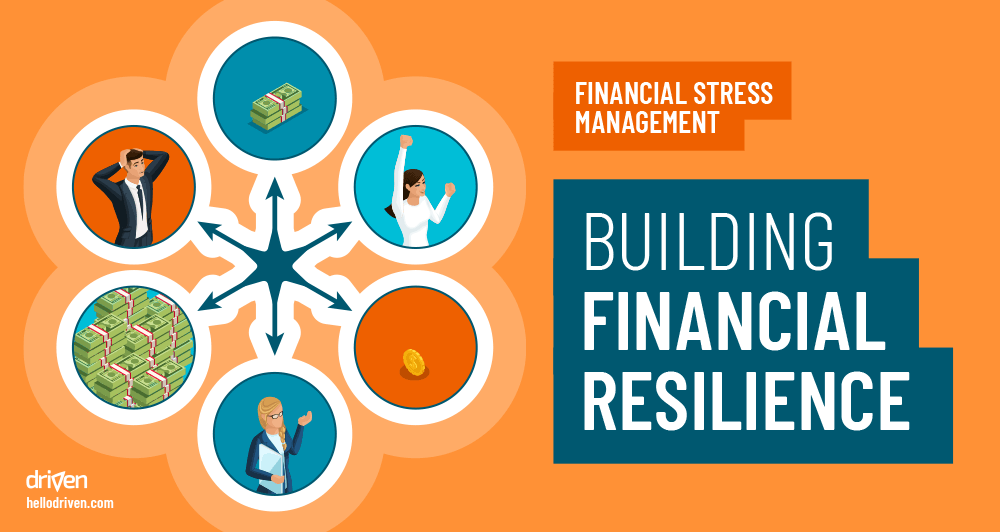Introduction:
Life is unpredictable, and financial storms can strike when we least expect them. Building a robust emergency fund is like creating a financial safety net that provides security and peace of mind during challenging times. In this article, we’ll delve into the importance of emergency funds and explore practical strategies for building and maintaining your financial safety net.
Understanding the Role of Emergency Funds:
- Financial Resilience: An emergency fund serves as a cushion against unexpected expenses, providing financial resilience and preventing the need to rely on high-interest loans or credit cards during emergencies.

- Peace of Mind: Knowing that you have a dedicated fund for unforeseen circumstances brings peace of mind. It allows you to navigate challenges without the added stress of financial instability.
- Avoiding Debt Accumulation: An adequately funded emergency fund can help you avoid accumulating debt when faced with sudden expenses such as medical bills, car repairs, or home maintenance.

Building Your Financial Safety Net:
- Set a Realistic Goal: Determine the appropriate size for your emergency fund based on your monthly expenses, lifestyle, and potential financial risks. Aim for three to six months’ worth of living expenses as a starting point.
- Create a Budget: Establish a comprehensive budget to identify areas where you can cut back and redirect funds toward your emergency fund. Consistently allocate a portion of your income to build your financial safety net.
- Automate Contributions: Set up automatic transfers to your emergency fund each month. Automation ensures consistency and helps you prioritize building your safety net without the need for manual intervention.
- Utilize Windfalls: Direct unexpected windfalls, such as tax refunds, work bonuses, or monetary gifts, towards your emergency fund. These extra funds can significantly boost your financial safety net.

- Reduce Non-Essential Spending: Evaluate non-essential spending and identify areas where you can cut back temporarily to accelerate your emergency fund growth. Redirect savings from discretionary spending towards your safety net.
- Explore High-Interest Savings Accounts: Consider placing your emergency fund in a high-interest savings account to maximize its growth. These accounts typically offer better interest rates than traditional savings accounts.
- Review and Adjust: Periodically review your emergency fund goal and adjust it based on changes in your life circumstances, such as a new job, increased living expenses, or other financial shifts.
Maintaining Your Financial Safety Net:
- Avoid Impulsive Withdrawals: Resist the temptation to dip into your emergency fund for non-urgent expenses. Maintain discipline and use the fund only for genuine emergencies.
- Replenish After Use: If you need to tap into your emergency fund, make it a priority to replenish the withdrawn amount as soon as your financial situation allows. This ensures that your safety net remains intact.
- Regularly Assess Living Expenses: Periodically reassess your living expenses to ensure that your emergency fund aligns with your current financial needs. Adjust your fund size accordingly.
- Educate Family Members: Ensure that family members are aware of the purpose of the emergency fund and the importance of preserving it for genuine emergencies. This shared understanding encourages financial responsibility within the household.
Conclusion:
Building and maintaining an emergency fund is a fundamental aspect of responsible financial planning. Your financial safety net provides stability during unexpected challenges, allowing you to weather financial storms without compromising your long-term financial goals. By setting realistic goals, creating a budget, automating contributions, and consistently reviewing and adjusting your emergency fund, you can construct a resilient safety net that offers peace of mind and financial security. Remember, the best time to build your financial safety net is now, as it equips you with the strength and stability to face whatever financial challenges life may bring.